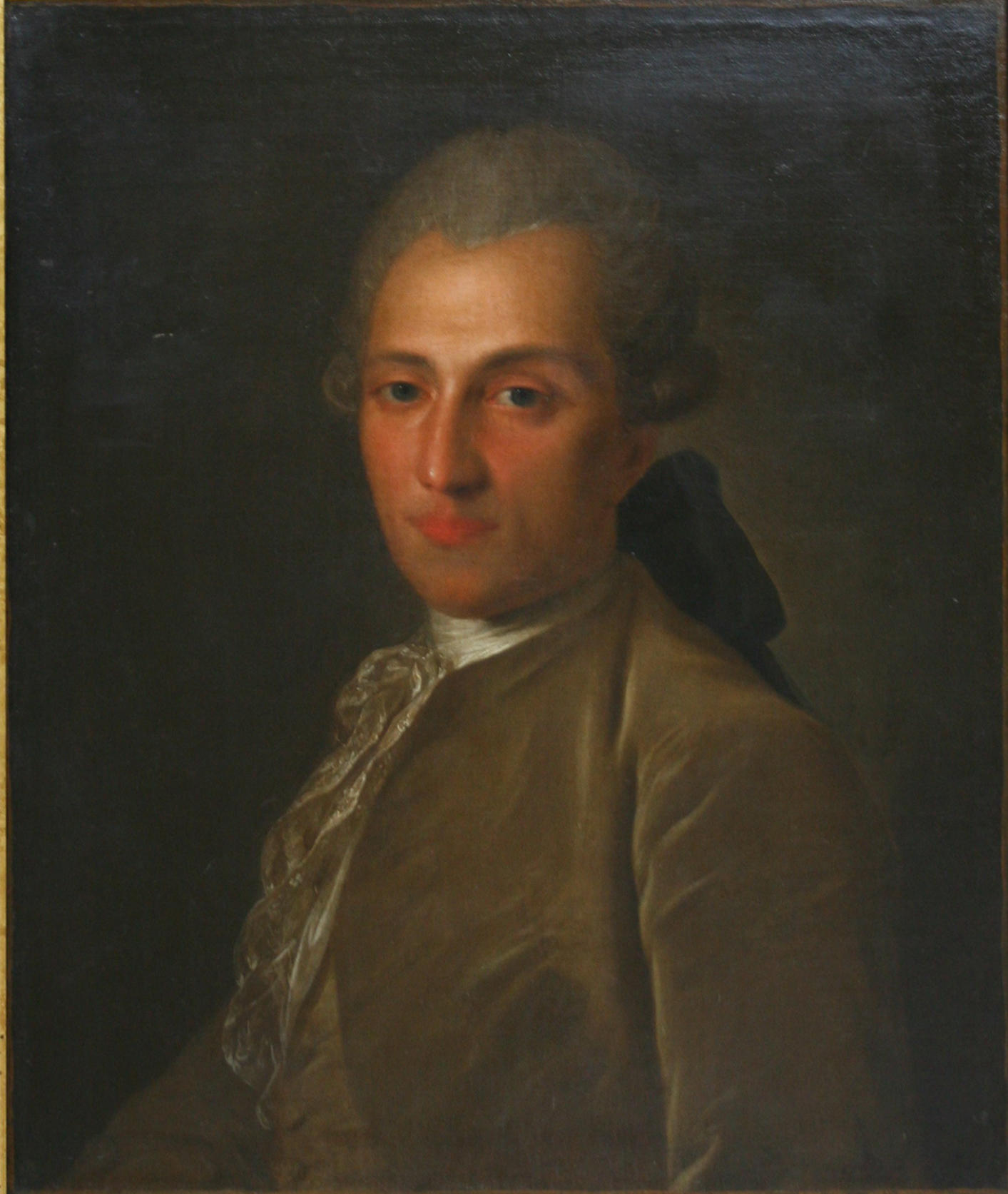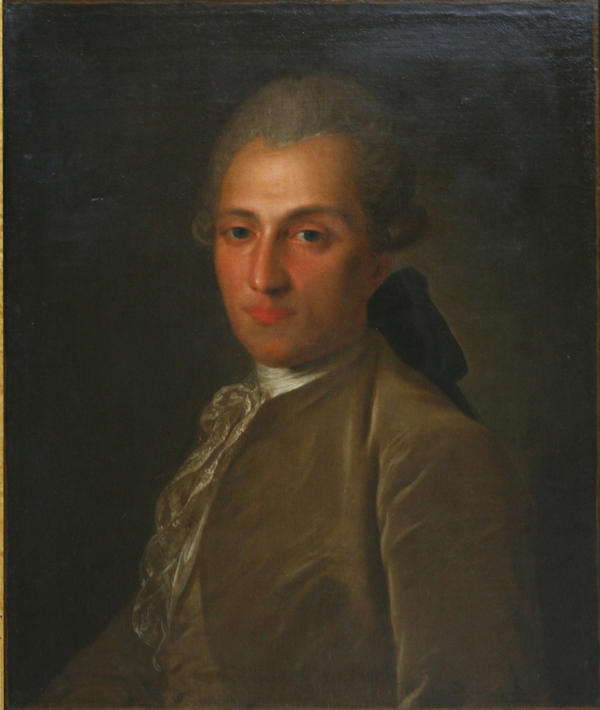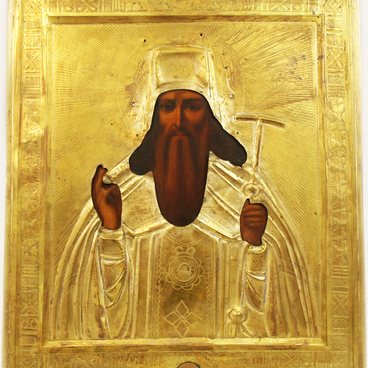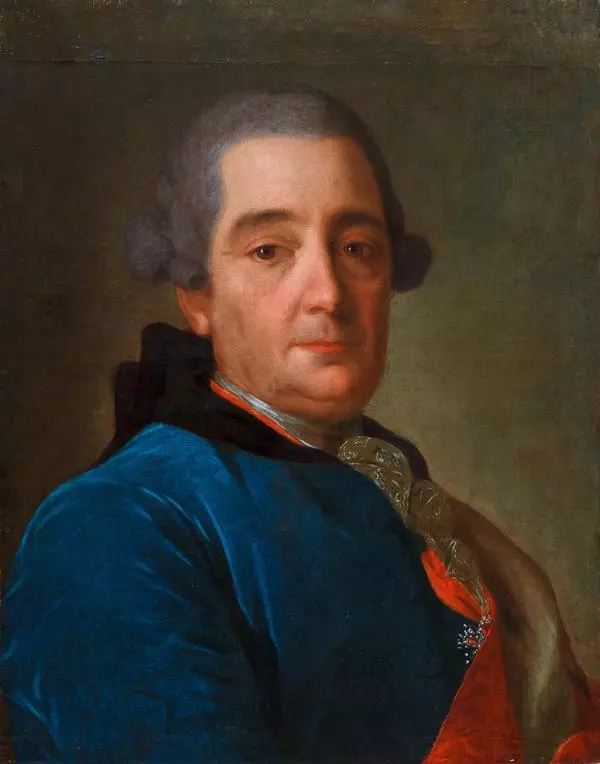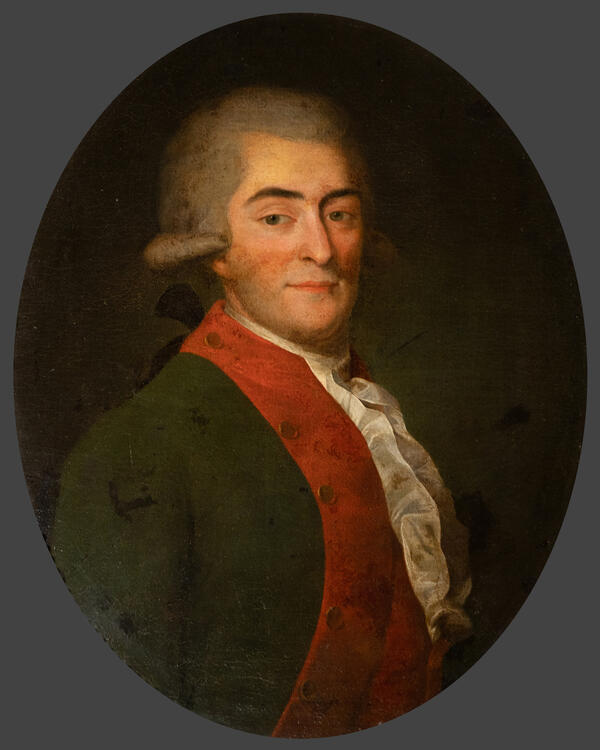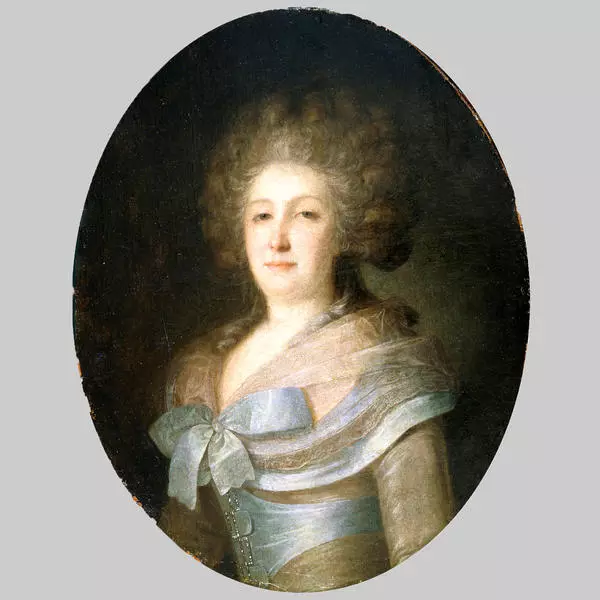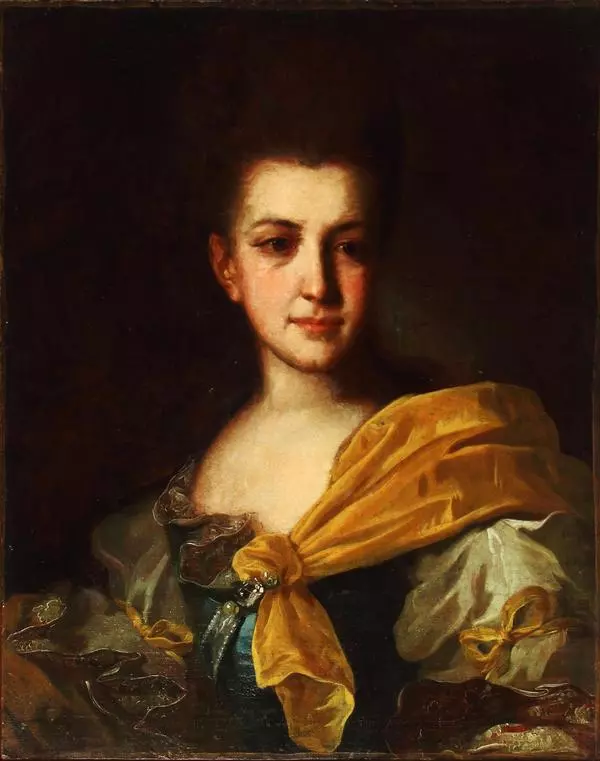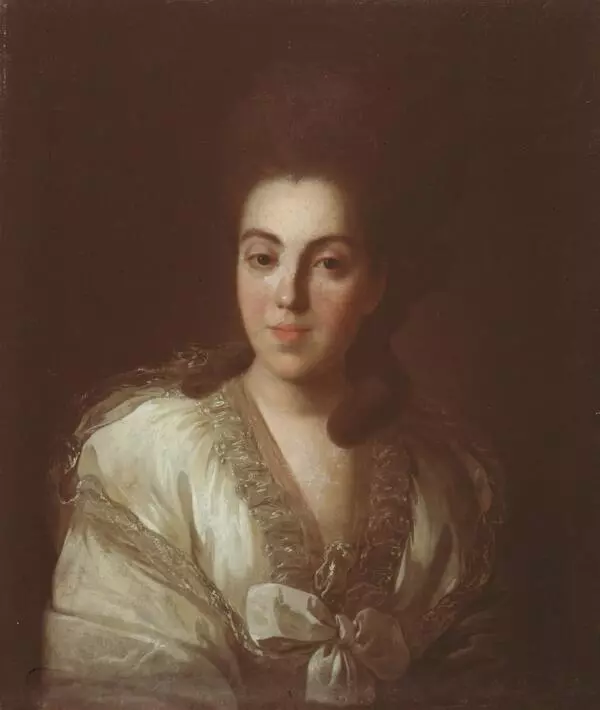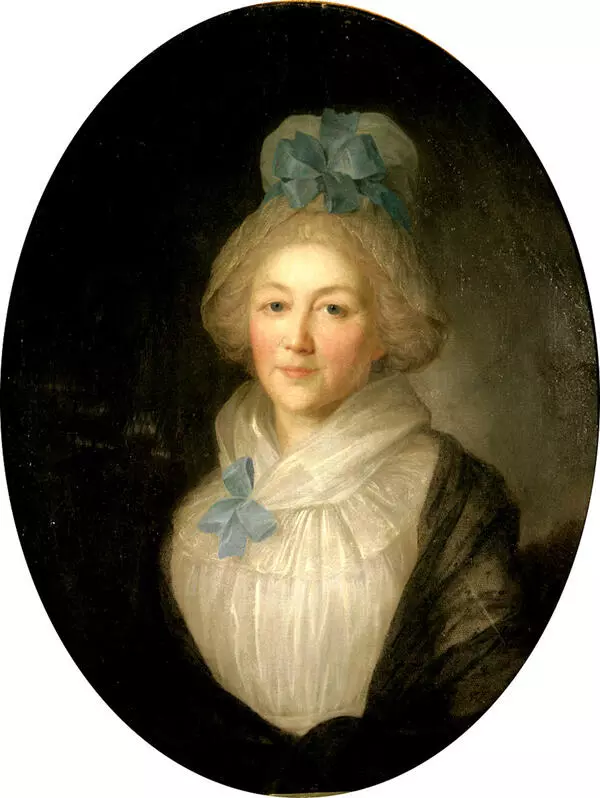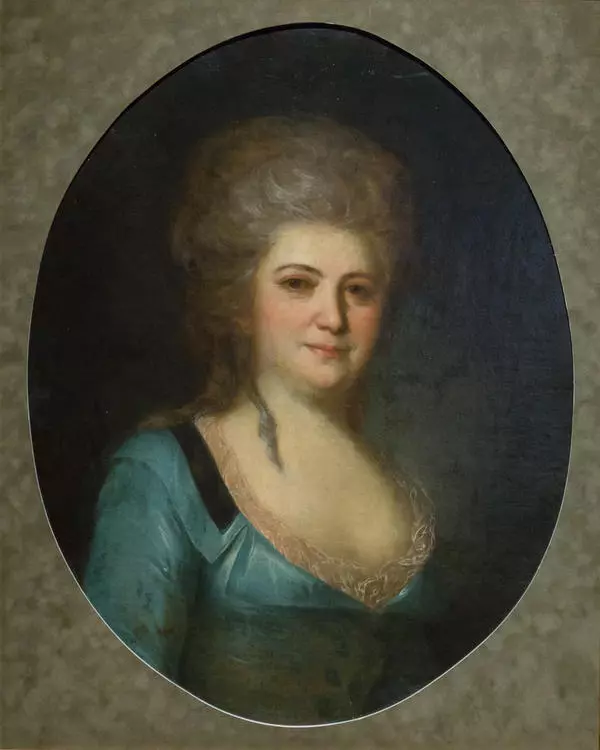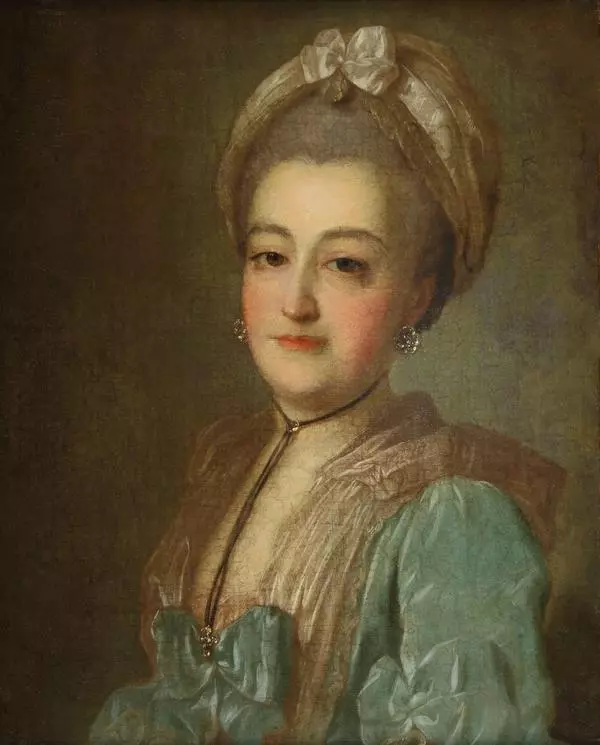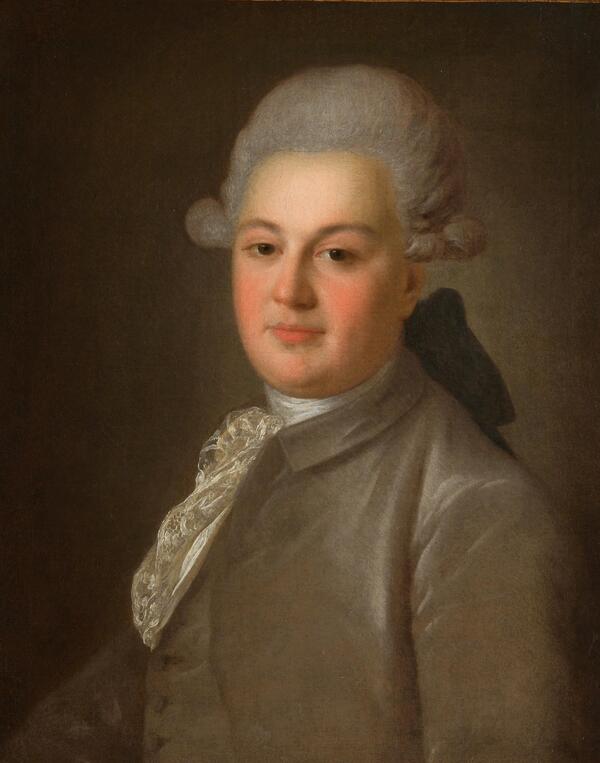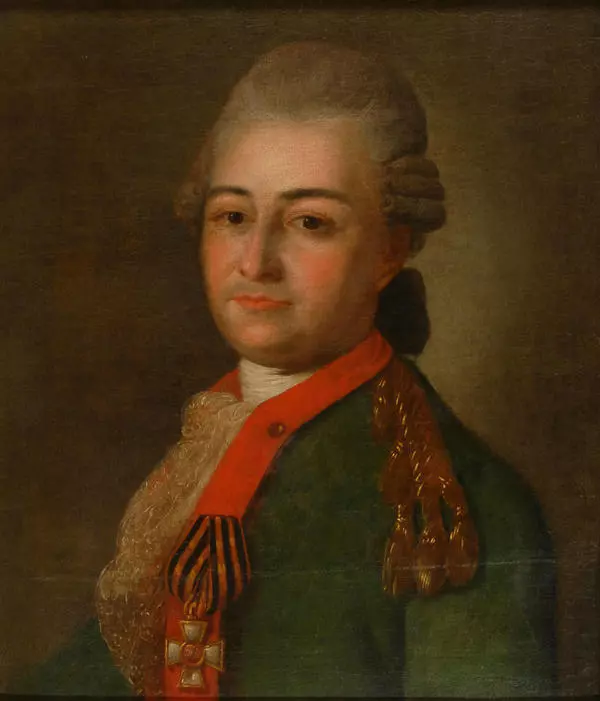Major General Vasily Naryshkin was portrayed by Fyodor Rokotov, a Moscow painter. The portrait dates back to the 1770s and was made at the same time as the portrait of Vassily Naryshkin’s wife, Countess Anna Vorontsova. Both were kept at the vast family gallery of the Vorontsovs-Boldyrevs. In the summer of 1919, the works of art from the village of Vorontsovka, the Vorontsovs’ family estate, were nationalized. A lot of portraits by Rokotov were then brought to Moscow, but some moved to the Tambov Art Museum.
Vasily Naryshkin was born in December 1737. He became an officer of the Izmailovo Life Guards Regiment and took part in the palace coup of 1762, which installed Catherine II on the throne. When he retired in the rank of a major general, he settled with his wife Anna in his family estate in the Kaluga Governorate. They had four children — Ivan, Praskovya, Maria, and Dmitry, the future Crimean governor. Vasily Naryshkin died in 1800 and was buried in Moscow.
Vasily Naryshkin was born in December 1737. He became an officer of the Izmailovo Life Guards Regiment and took part in the palace coup of 1762, which installed Catherine II on the throne. When he retired in the rank of a major general, he settled with his wife Anna in his family estate in the Kaluga Governorate. They had four children — Ivan, Praskovya, Maria, and Dmitry, the future Crimean governor. Vasily Naryshkin died in 1800 and was buried in Moscow.
